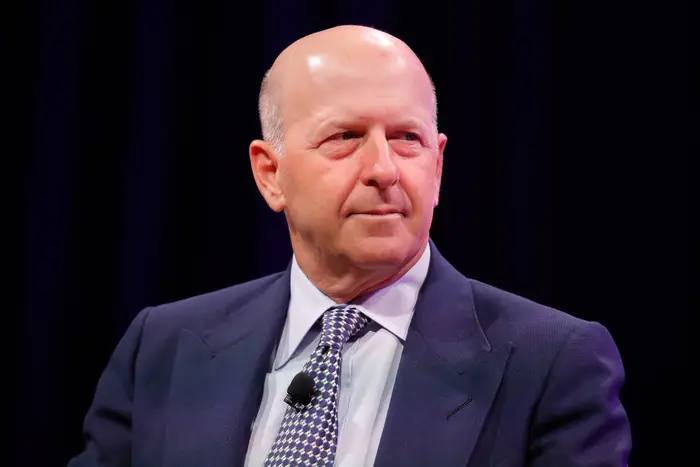Morgan Stanley’s training course to work with super-rich clients has a 40% first-time failure rate. Execs shared an example of a case study that caps the program off.

- Each year, some 100 Morgan Stanley advisors take a course to earn the family wealth director title.
- The hardest part of the 150-hour program is a live case study.
- Morgan Stanley executives Alex Chester and David Bokman share what trips up advisors the most.
Every year, approximately 100 Morgan Stanley advisors take an exam in order to work with high-net-worth families. Only about 60% pass on their first attempt, and about 75% pass after retaking the course, sometimes multiple times, which is the point.
“We don’t have a requisite number that we’re looking to put through the program,” said Alex Chester, who oversees the bank’s family wealth director program. “We want to make sure that the advisors we’re promoting are prepared to work with the firm’s best clients.”
Chester estimates that the internal training course leading up to the test will take about 150 hours, depending on the advisor’s prior level of experience. Test takers must first study 17 modules, the majority of which focus on estate planning, before taking a written exam. Family clients can be profitable because advisors can sell them a variety of products such as lending.
The easy part is studying while working full-time. The final section, a live case study, is what most advisors struggle with.
Morgan Stanley’s head of family office resources, David Bokman, and his team pose as a high-net-worth client and their accountant or attorney. Advisors are given one hour to speak with the fictitious client and three hours to develop detailed recommendations.
Bokman used a hypothetical case study of a couple with a wife selling a successful business and a wealthy husband. Part of the challenge is knowing how to ask the right questions to discover that one of their three children has a drug addiction and that the couple is unsure how much to leave to each child given their different needs.
“There could be a family dynamics challenge we don’t necessarily tell you about,” Bokman said, “but the facts would lead you to ask the questions to unearth it.” “If you didn’t unearth it, you’ll have a lot of trouble coming up with solutions.”
Every advisor in the private wealth management division who works with clients worth $10 million or more has been required to take at least an abridged version of the course since 2019. Each team must designate one member to complete the entire program and exam in order to earn the title of family wealth director. This applies to new hires as well as internal staff who want to advance and work with wealthy families.
The course has been updated over time, with new modules on behavioral finance and impact investing added recently. They are considering adding a unit on lifestyle advisory firms ranging from private aviation to concierge healthcare, as well as lessons on working with executives.
However, estate planning remains the bread and butter of the training, according to Bokman, a trusts and estates lawyer. Part of the course teaches how to raise personal questions about inheritances and choose trustees in early conversations.
“A lot of times, because it’s sensitive, there can be caution on the part of both the client and the advisor,” he explained. “However, that sensitivity suggests that you should bring them up as soon as possible, because you don’t want to go too far down the path of an investment plan, a charitable plan, or an estate plan without understanding what those issues are.”






